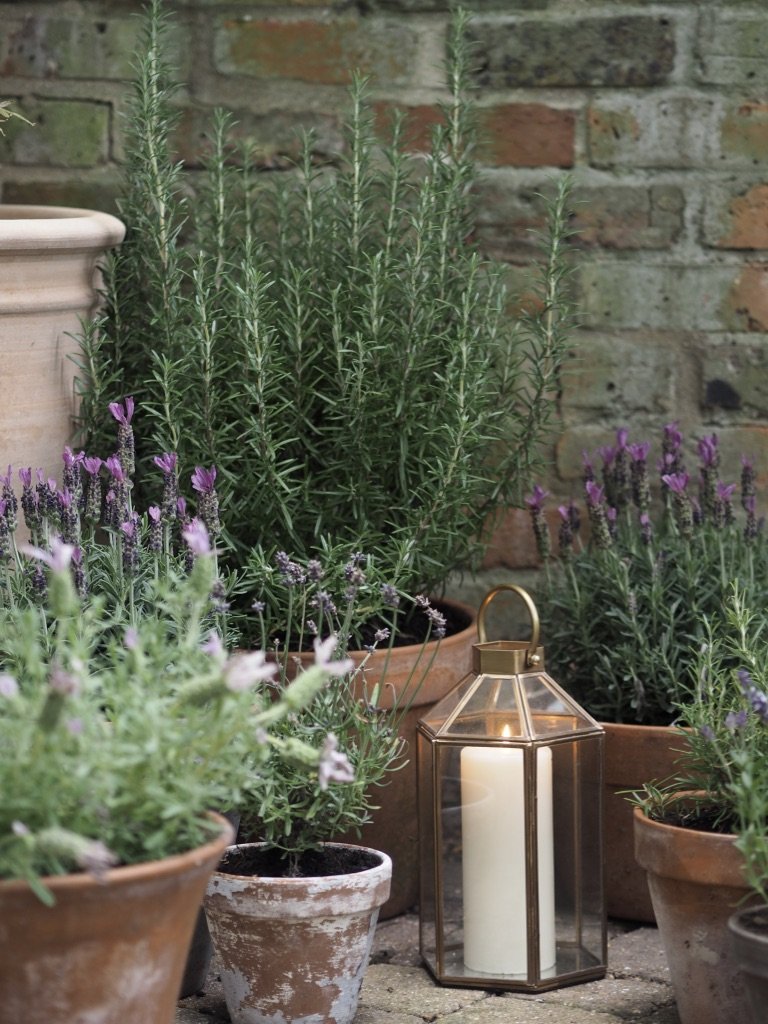Tiny House Landscaping: Amazing Ideas For Your Outdoor Space
Image Credit: Green Retreats
Featured Partner Placement Post
These cozy dwellings of tiny houses, often no bigger than a few hundred square feet, challenge you to rethink your relationship with space and what truly matters in your home. Yet, the challenge of limited indoor space in your tiny home underscores the critical importance of maximizing your outdoor area to enrich your living experience.
As we venture into the world of tiny house landscaping below, we'll uncover ideas designed to optimize your outdoor space.
Ideas to Turn Your Outdoor Space into a Sanctuary
There's immediate and powerful aesthetic appeal when you turn your outdoor space from a forlorn-looking exterior into a landscaped haven with various features and amenities. It eliminates the boundary between your home's walls and the outdoor space, allowing for a seamless living experience.
Such interaction with nature also has well-documented psychological benefits. It can boost your mood, improve your overall well-being, and help you manage stress.
Tiny home landscaping isn't the same as what you would do for a traditional house. Firstly, it has a smaller living space, about 100 to 400 square feet. As such, it features multi-functional furniture, built-in storage solutions, and other creative designs to utilize every inch of space. You need to maintain the same themes as you work on the exterior.
On top of that, the tiny home concept is about simple, sustainable decisions. Therefore, your landscaping concept should encourage eco-friendliness and sustainability while maintaining the personal touch and privacy requirements of tiny home living. Another thing you have to consider is that some tiny homes are not stationary, and the exterior should adapt to that. Considering all that, you can landscape a tiny house in the following ways:
Water Features
Incorporating water features into the landscaping around your tiny house has many advantages. For example, a water feature transforms your outdoor space into a tranquil oasis. You can spend your afternoons or evenings listening to the soothing sounds of water.
This feature also invites local wildlife, offering a spot for birds to refresh. It can also draw insects beneficial to your plants and flowers. A pond fountain as an attractive feature can fit beautifully into your tiny house landscape, whether set amidst a lush garden or as a standalone piece in a more minimalist setting. Since there are many designs, you can match the size and fountain design to the overall theme of your tiny home's exterior.
Vertical Gardening to Maximize Space
Imagine turning your walls into lush, living art. Vertical gardening can rejuvenate and make your tiny house's outdoor space colorful and lively without sacrificing valuable square footage. There are many ways to incorporate such a garden into your space. For example, you can plant a wall of succulent plants like Echeveria Atlantis or Aeonium Green Platters.
Vertical planter by Forest Garden.
In addition, you can install a trellis draped with vines and add some hanging baskets that sway to the gentle breeze. Such a design adds depth and dimension to your outdoor area.
Multipurpose Outdoor Features
Such features are a cornerstone of modern landscaping for tiny homes because they maximize functionality and aesthetic appeal. They turn limited outdoor space into a versatile and dynamic outdoor living area.
For example, you can add a single structure in the garden that serves as a storage space, vertical garden, and seating area. Imagine incorporating a bench with built-in storage underneath. It can store your gardening tools or outdoor cushions. You can have a trellis for climbing plants to grow beside the bench, creating a lush, green backdrop. It saves space, beautifies the space, and boosts privacy.
Similarly, foldable or extendable furniture can transform from a compact, space-saving design to a larger, functional piece for entertaining guests, effectively doubling the usability of the outdoor living area.
Another example is raised garden beds that can function as boundary markers or dividers to create distinct zones within the outdoor space. These beds can house plants, from decorative flowers to edible herbs and vegetables, making them both a practical solution for gardening and a visually appealing landscape feature.
Additionally, incorporating a rainwater collection system into your landscape design can provide an eco-friendly watering solution for the garden, further emphasizing the multipurpose and sustainable aspect of tiny house living.
Privacy Features: Your Secluded Haven
Privacy is precious, especially in a tiny house. But fret not! You can carve out your private nook with some imaginative landscaping. Think privacy screens made of natural materials, tall grasses that whisper in the wind, or a canopy of leaves from strategically planted trees. These features enhance your privacy and add an element of mystery and intrigue to your outdoor space, making it your own.
Pathways and Zoning: The Art of Illusion
They're powerful tools for creating the illusion of a larger area and organizing your outdoor space into distinct functional zones. As such, you can guide the eye and movement through your garden, effectively separating different areas for dining, relaxing, or gardening into visually distinct zones. This segmentation not only maximizes the usability of each part of your garden but also adds depth and interest, making your outdoor space feel more expansive than its physical boundaries might suggest.
Choosing materials for your pathways that contrast with the surrounding landscaping can further enhance this effect. For instance, a gravel path winding through a green lawn or a series of stepping stones meandering among flower beds draws attention to the journey, not just the destination.
On the other hand, zoning utilizes visual cues like planters, screens, or different textures and colors of vegetation to define separate areas within your outdoor space. It can create an impression of multiple 'rooms' outdoors, each with its purpose and atmosphere, making every corner of your tiny house's exterior a unique place to enjoy.
Set the Mood with Lighting
In the evenings, you can transform your outdoor space into a living area with lighting. For example, adding a few solar-powered lanterns can illuminate pathways. These are not just for beautifying the space but also for ensuring safety. Such eco-friendly lighting options align with the sustainable ethos of tiny house living.
Another solution is having fairy lights artfully draped over a pergola. Alternatively, weave them through the branches of the tallest tree in the backyard. It creates a magical, starlit canopy ideal for nighttime gatherings or quiet moments of reflection.
Another strategy is placing LED path lights along walkways or around seating areas for more focused illumination. Such a change highlights the beauty of your landscaping while providing enough light for dining or reading outdoors. For those looking to add a dramatic flair, installing waterproof LED spotlights can accentuate architectural features or spotlight plants.
Moreover, motion sensor lights can enhance security around your tiny house, lighting up as movement is detected, deterring unwanted visitors, and ensuring peace of mind. You can place such lights near entrances or along the perimeter of your property.
Conclusion
It's clear that the limitations of space do not confine creativity in tiny house landscaping but rather fuel it, pushing the boundaries of conventional garden design toward more thoughtful, multifaceted solutions.
The ideas we've explored demonstrate that with ingenuity and careful planning, your tiny house's outdoor space can transform into an extension of your home. Let this exploration inspire you to view your tiny house's outdoor area not as a constraint but as a canvas for expression, sustainability, and expansion of your living space.






